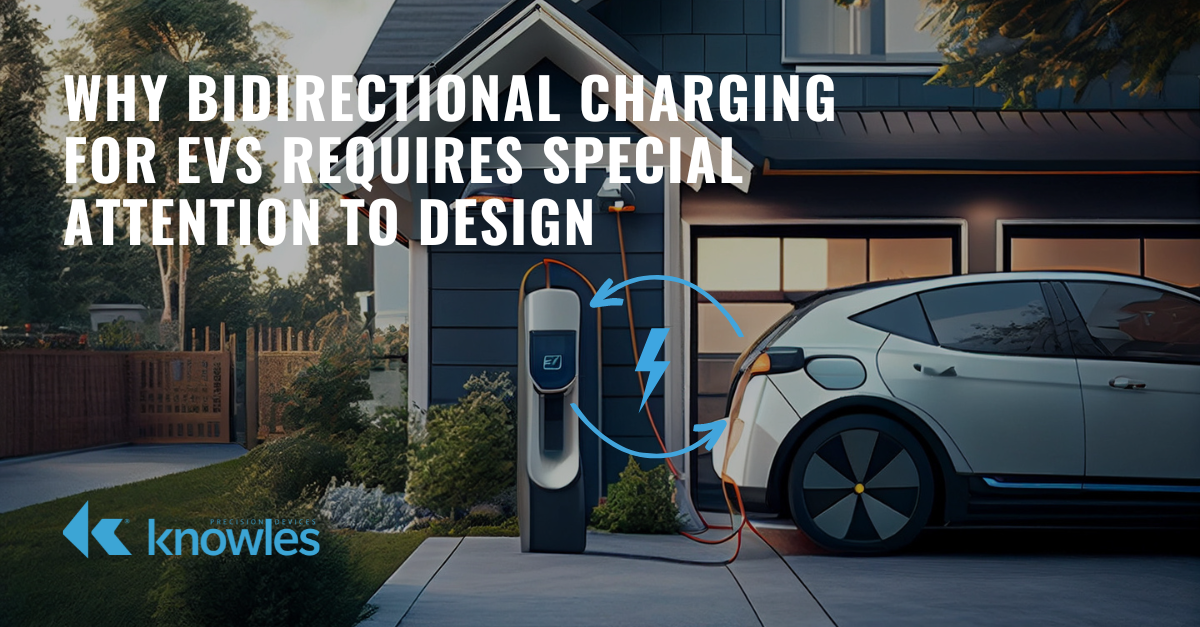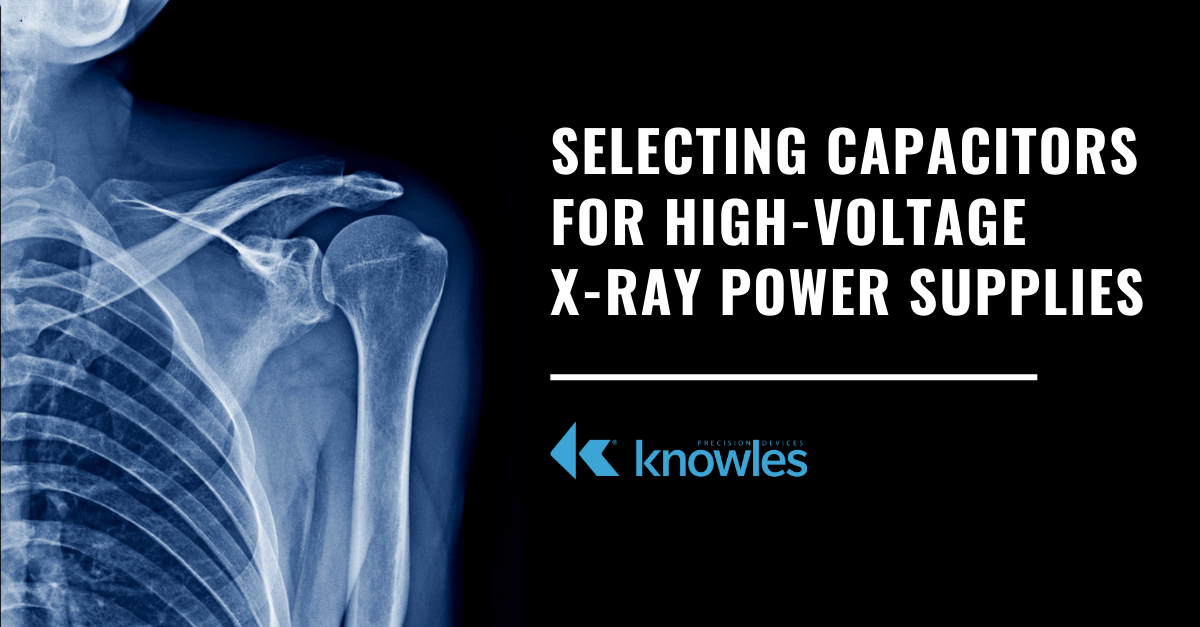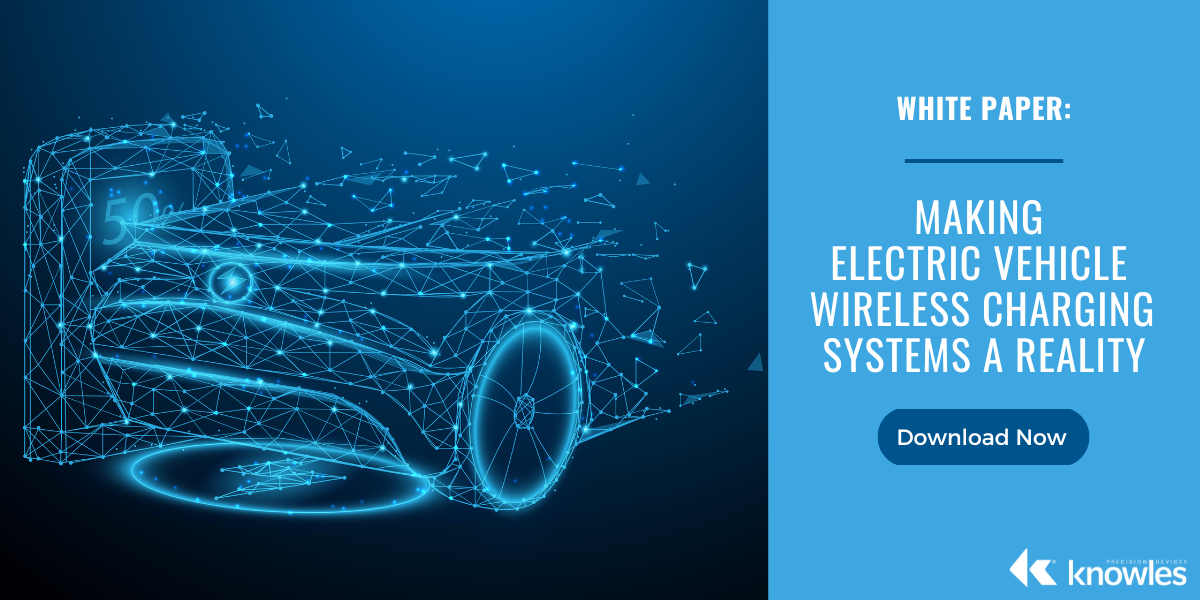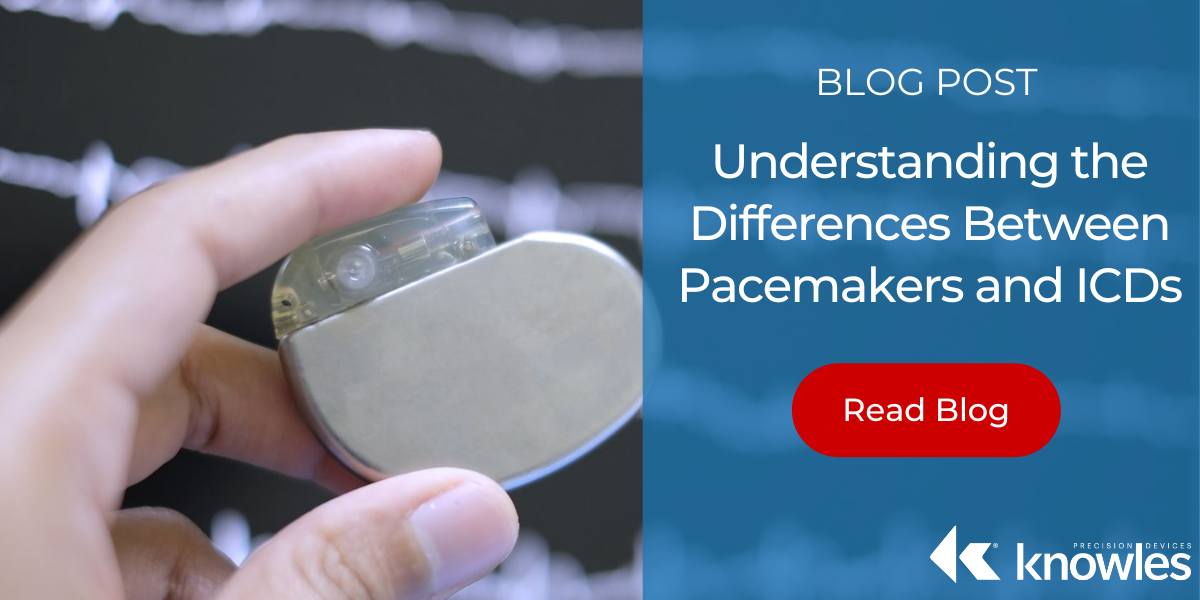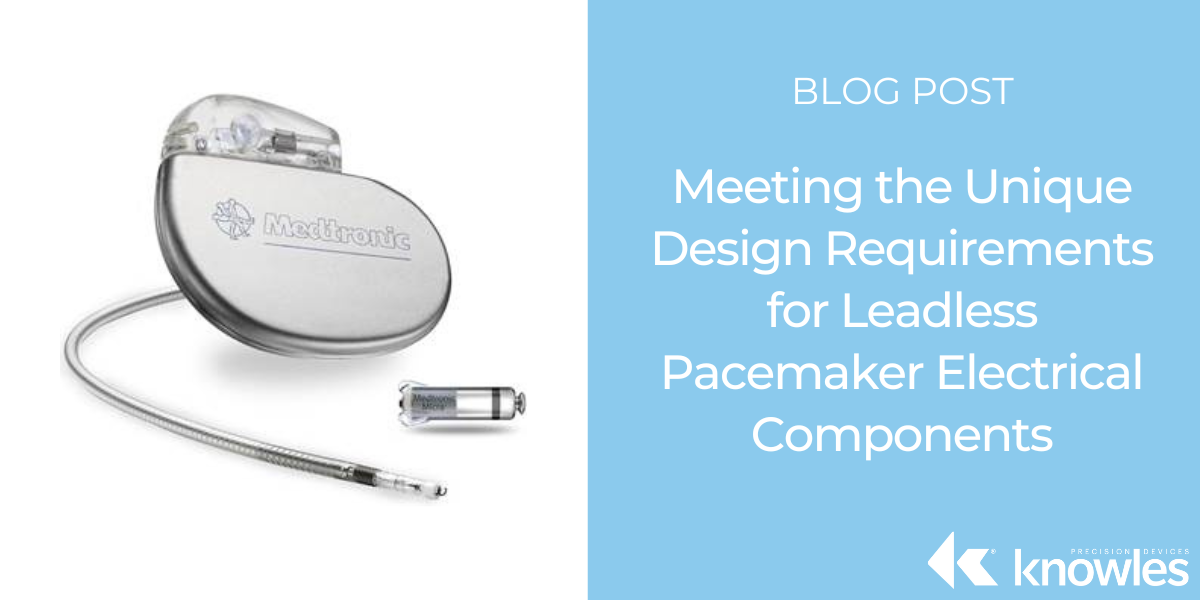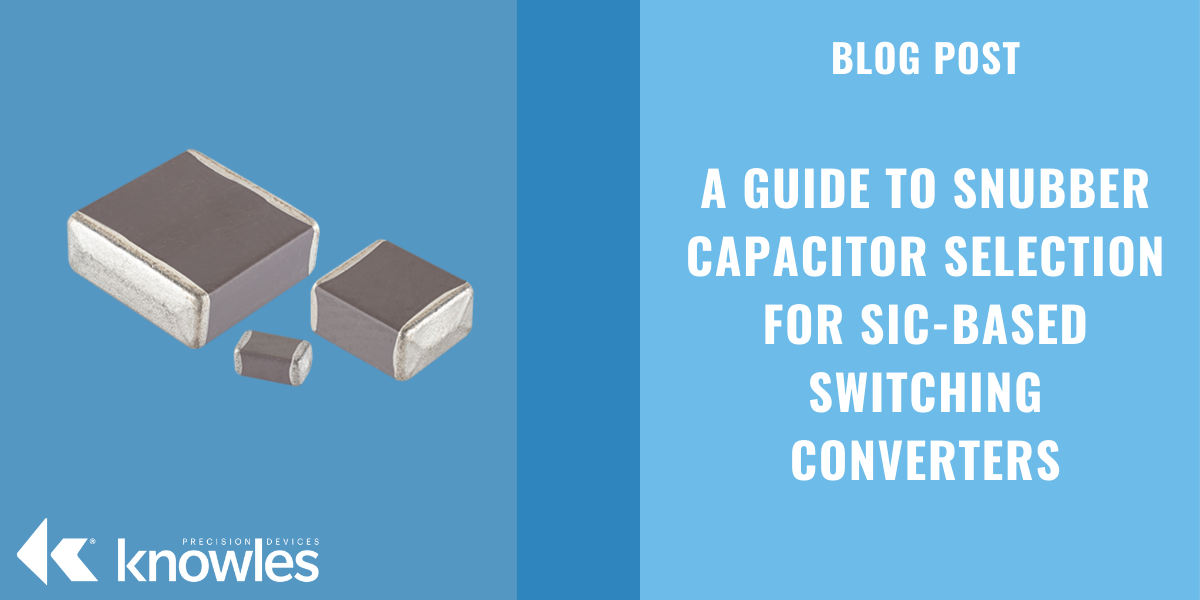To protect people and critical equipment, military-grade electronic devices must be designed to function reliably while operating in incredibly harsh environments. Therefore, instead of continuing to use traditional silicon semiconductors, in recent years, electronic device designers have started to use wide band-gap (WBG) materials such as silicon carbide (SiC) to develop the semiconductors required for military device power supplies. In general, WBG materials can operate at much higher voltages, have better thermal characteristics, and can perform switching at much higher frequencies. Therefore, SiC-based semiconductors provide superior performance compared to silicon, including higher power efficiency, higher switching frequency, and higher temperature resistance as shown in Figure 1.
Jordan Yates

Recent Posts
How The Shift to SiC-Based Semiconductors in Military Power Supplies Affects Capacitor Selection
Topics: Capacitor, Military and Aerospace, High Reliability
Why Bidirectional Charging for EVs Requires Special Attention to Design
As interest and adoption increase in the electric vehicle (EV) arena, associated technologies are advancing quickly. Batteries are becoming more powerful and charging infrastructure is increasingly robust and efficient. With all these advancements, EV batteries are good for more than powering cars on the road.
Topics: Capacitor, Electric Vehicles
Selecting Capacitors for High-Voltage X-Ray Power Supplies
As the backbone of the X-ray machine, X-ray tubes produce the radiation that generates the electromagnetic waves known as the “X-ray.” This is done by using a high voltage to accelerate the electrons released by a hot cathode to a high velocity. Those electrons then collide with the anode, which is a metal target usually made of tungsten. This process requires an input voltage typically ranging from 180 to 480 VAC with a power supply that transforms and steps up the voltage to extremely high voltage outputs ranging from 10kV and 120kV DC. A high-level diagram of the power supply required to power the X-ray tubes is shown in Figure 1.
High-Performance Capacitors to Meet the Needs of Demanding Aerospace and Defense Applications
From military aircraft to electronic warfare defense systems, aerospace and defense applications are placing new demands on their power electronics. Defense electronics systems must function reliably for their lifetime while operating at higher voltages and wider temperature ranges, and all while becoming smaller, lighter, and consuming less power.
Topics: Capacitor, Military and Aerospace, High Reliability
Resonant Capacitors: Your Key to Building Stable and Reliable Wireless EV Charging Technology
As electric vehicle (EV) adoption for both consumer and commercial purposes rapidly grows, so does the need for a more widespread, and faster, charging infrastructure. While we’ve seen vast improvements in charging technology in the last few years, as additional regulations on combustion vehicles are implemented and reliance on EVs increases, further EV charging innovations are needed. Currently, wireless charging is the newest EV charging technology evolving.
Topics: News and Events, Automotive, Electric Vehicles
Understanding the Differences Between Pacemakers and ICDs
For more than 3 million people in the United States, pacemakers and implantable cardioverter defibrillators (ICDs) are life-changing technology they rely on. While both devices are implantable medical devices designed to improve the quality of life for people with heart arrhythmia, a condition where the heart beats irregularly, each devices serve a different purpose.
Meeting the Unique Design Requirements for Leadless Pacemaker Electrical Components
Today, millions of people around the world rely on pacemakers to help regulate their heart’s rhythm. A traditional pacemaker usually consists of a pulse generator that is about the size of a tea bag and implanted under the skin near the collarbone, and a wire, or lead, that runs through a blood vessel to the heart. The end of the lead has an electrode on it that touches the heart wall to deliver electrical impulses. However, in the last decade, innovations in pacemaker technology have led to the introduction of a new style of pacemaker, known as the leadless pacemaker, that is about 1/10th the size of a traditional pacemaker, or about the size of a vitamin (Figure 1).
Topics: Capacitor, Medical, High Reliability
A Guide to Snubber Capacitor Selection for SiC-Based Switching Converters
Today, most converter circuits now include semiconductors and switches made of silicon carbide (SiC) instead of plain old silicon (Si). This is because when silicon and carbon are combined, the resulting material, SiC, has excellent mechanical, chemical, and thermal properties. Therefore, SiC-based converters can handle voltages up to 10 times greater than converters using just Si while also offering lower losses. These characteristics make these converters an excellent option for applications such as power electronics, industrial devices, and electric vehicle (EV) charging stations. In this post, we dive into the advantages of using snubber circuits to protect SiC-based converters and discuss how to further increase these efficiencies by focusing on capacitor selection.

